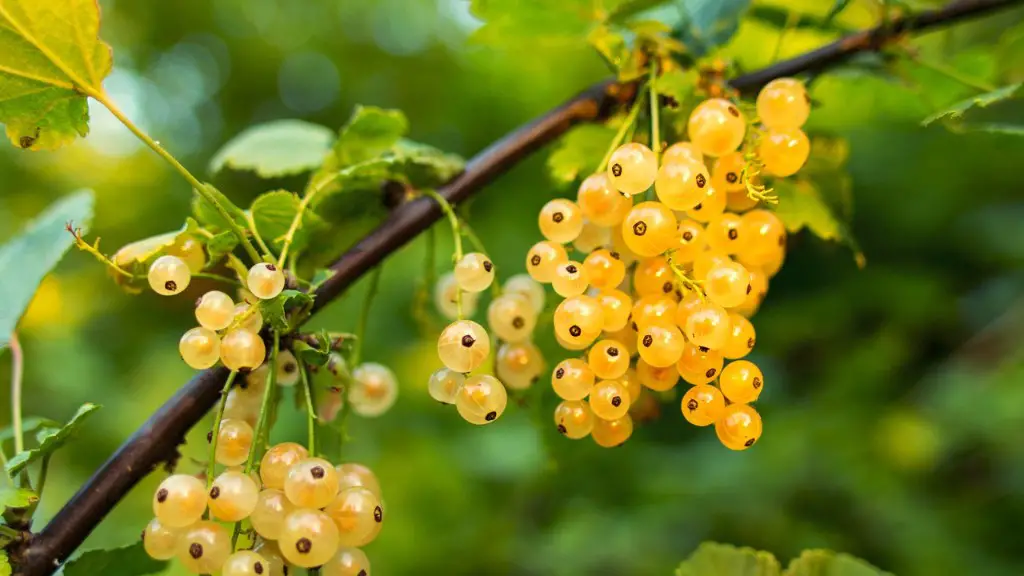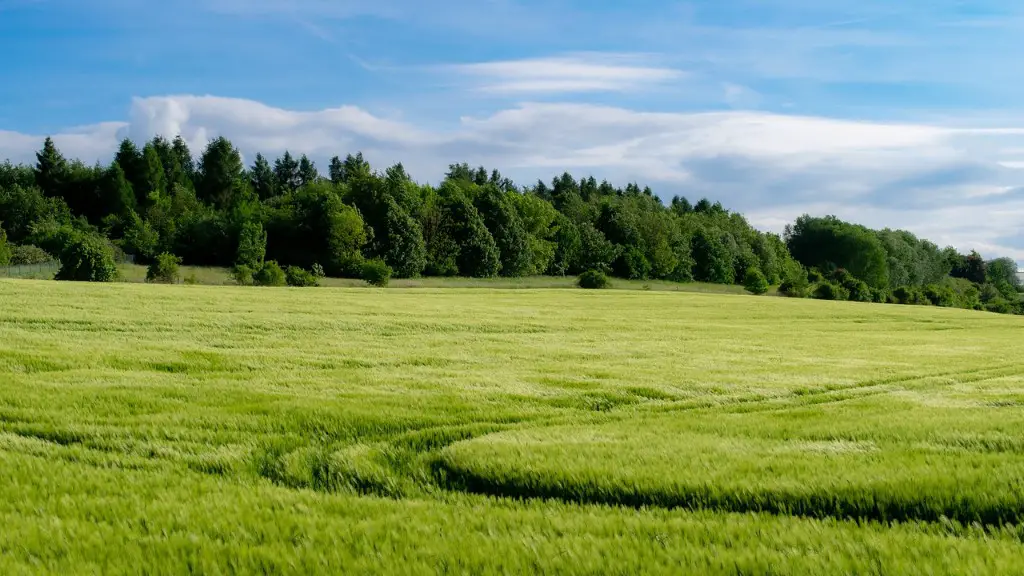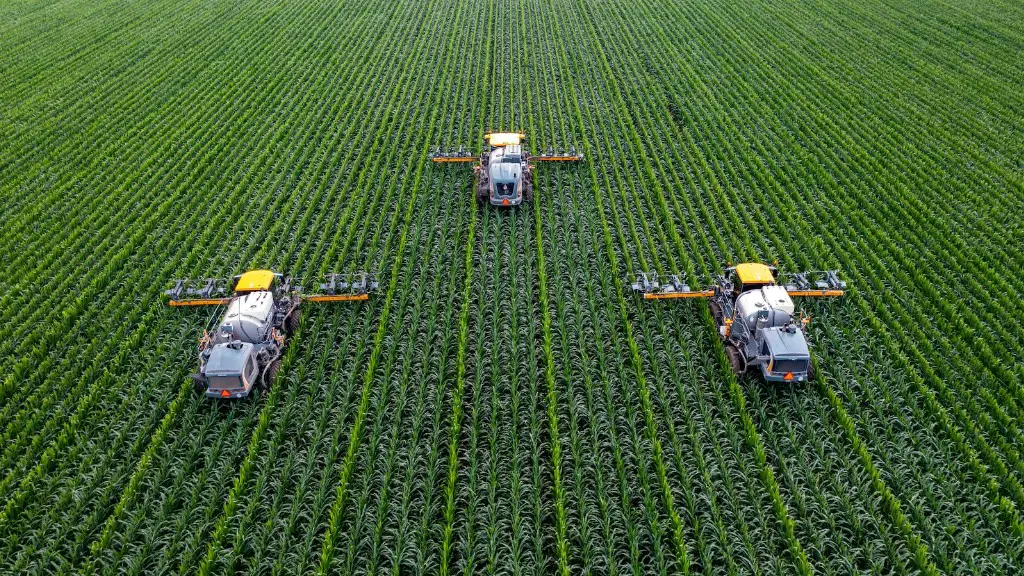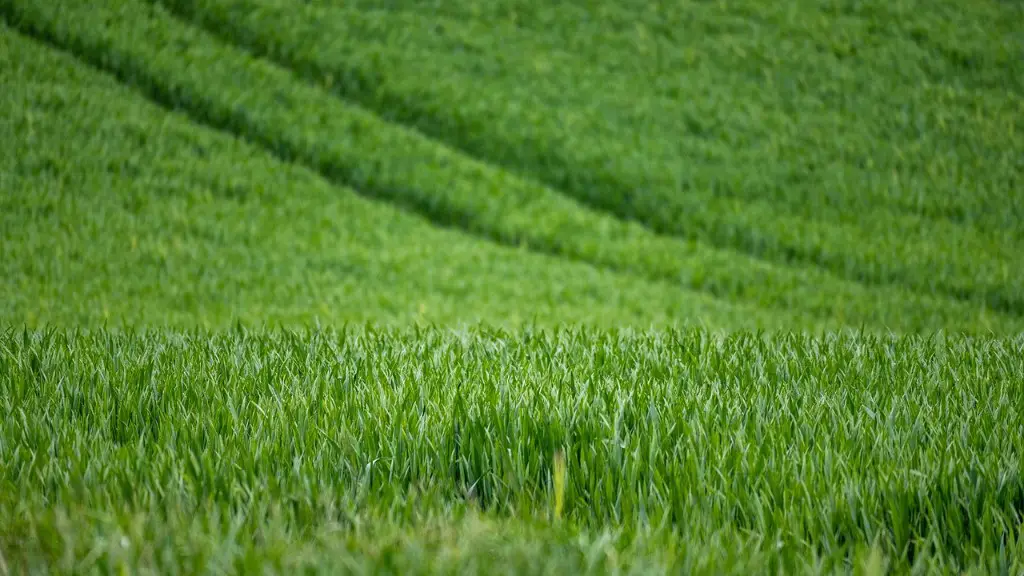The original inhabitants of Australia did not develop agriculture for a number of reasons. The climate and terrain of Australia were not conducive to agriculture, and the native plants and animals were not suitable for domestication. In addition, the Aboriginal people of Australia had a nomadic lifestyle and did not settle in one place for long periods of time.
The most likely reason why the original inhabitants of Australia did not develop agriculture is that the continent was not conducive to crops. The soil is generally poor, the climate is arid, and there is a lack of fresh water. These conditions would have made it very difficult for early Australians to cultivate crops.
Did native Australians have agriculture?
The first Australians were complex farmers who managed native plants and animals for thousands of years. This intimate knowledge allowed them to sustain themselves for a long time.
Although Australia does not have large areas of rich, adaptable soils like other large countries, chemical deficiencies in the soil are common. Farmers often have to apply fertilizers, including phosphate and other nutrients, to the soil to encourage plant growth.
What is the history of agricultural development in Australia
Agriculture in Australia has had a long and varied history, with the first European settlers bringing agricultural technologies with them from their homelands. Wool production dominated the 19th century, while dairying grew rapidly during the first half of the 20th century. In more recent years, agriculture has diversified, with new crops and livestock being introduced, and new technologies being adopted. Today, agriculture is an important part of the Australian economy, and plays a vital role in the country’s food security.
The arrival of European settlers in Australia in 1788 had a devastating impact on the indigenous population. Thousands of aborigines died from diseases introduced by the colonists, and many others were systematically killed. At first contact, there were an estimated 250,000 aborigines in Australia. By the 1920s, the massacres had decimated the population, leaving no more than 60,000.
What were indigenous Australian agricultural practices?
Indigenous Australians have a long history of using fire-stick farming to encourage new growth in native plants and to facilitate hunting. This practice involves controlled burning of plants and trees to create a new growth cycle and to encourage new plants to grow. This helps to attract game animals to the area, which can then be trapped or hunted. Fire-stick farming is still used today by some Indigenous Australians as a way to manage their land and to provide food for their families.
Indigenous Americans have long been known for their skill in plant domestication, cultivating nearly 300 different food crops. These crops, which include corn, potatoes, sunflowers, tomatoes, and squash, were all introduced to Europe following contact with Indigenous peoples of the Americas. Today, Indigenous foods of the Americas make up 60% of the world’s crops in cultivation. This is a testament to the skill and knowledge of Indigenous peoples in managing and using the natural resources available to them.
What are three critical challenges to agriculture in Australia?
Drought, climate variability, biosecurity, global competition and consumer preferences are some of the greatest threats to Australia’s primary production sector. Their impacts threaten Australia’s position among the most efficient primary producers in the world.
climate variability is one of the most significant risks to Australian agriculture. It can lead to drastic reductions in crop and livestock production, as well as increased costs of input and transport.
Biosecurity threats, such as the introduction of new pests and diseases, can also have a significant impact on primary production. Global competition is also intensifying, as other countries strive to increase their own production levels.
consumer preferences are also changing, with an increasing demand for healthy and sustainable products. These changing demands can impact on the type and amount of produce that farmers are able to sell.
It is clear that the challenges facing the primary production sector are numerous and varied. To remain competitive in the global marketplace, it is essential that farmers are able to adapt to these challenges and continue to produce high quality products.
Australia’s bio-security laws are designed to protect our agriculture and tourism industries, as well as our unique environment, from the threat of introduced pests and diseases. Prohibited items include certain foreign foods, plant materials, and animal products. These strict laws are essential for maintaining the high quality of life that Australians enjoy.
What are the issues affecting Australian agriculture
It’s been a tough year for Australian farmers, with many facing difficult conditions due to wild weather. In particular, farmers in NSW and Queensland have been struggling with high costs and inflation. heading into the final months of the year, it’s important to keep an eye on these issues and be prepared for whatever challenges may arise.
James Ruse was a former convict who successfully harvested wheat in NSW in 1789. Although he didn’t produce enough grain to make flour for the colony, he did produce enough seeds for the next crop, which was also successful. Ruse’s achievement was a significant step in the establishment of agriculture in Australia.
What is the origin and development of agriculture?
The agricultural communities that developed approximately 10,000 years ago were able to establish domesticity and transition from a hunter-gatherer lifestyle to a more settled community life because they domesticated plants and animals. This allowed families and larger groups to have a more reliable food source, which in turn made it possible to build permanent settlements.
Agricultural development in Australia during the 1800s and early 1900s was hastened by the availability of existing global technological and scientific knowledge, as well as the development of communication and transport systems – all of which are characteristic of the Industrial Revolution. This ready access to knowledge and technology played a key role in enabling Australia to rapidly develop its agricultural sector, and become one of the world’s leading agricultural nations.
Who were the original inhabitants of Australia
Aboriginal and Torres Strait Islander peoples are the first peoples of Australia, meaning they were here for thousands of years prior to colonisation. The Aboriginal and Torres Strait Islander peoples have a unique and special place in Australia and their culture is an important part of our national identity. We recognise and respect theircontributions to our country and their ongoing connection to land and sea. We are committed to working with Aboriginal and Torres Strait Islander peoples to build a bright future for all Australians.
The indigenous population of Australia has declined dramatically since the arrival of Europeans. New diseases, Opressive and often brutal treatment, dispossession, and social and cultural disruption and disintegration are all contributing factors to this decline.
Why did Australian aborigines not evolve?
The divergence of Aboriginal communities was most likely caused by environmental barriers, such as the evolution of an almost impassable central desert as the Australian continent dried out. Indeed, by 31,000 years ago, most Aboriginal communities were genetically isolated from each other.
The principal crops grown by Indian farmers were maize (corn), beans, and squash, including pumpkins. Sunflowers, goosefoot, tobacco, gourds, and plums were also grown. These crops were grown by the farmers in order to meet their own needs as well as to trade with other communities.
Final Words
The original inhabitants of Australia did not develop agriculture because they did not have the necessary tools and knowledge. They also lacked the animals that could be domesticated for farming, and the climate was not conducive to agriculture.
There are a number of reasons why the original inhabitants of Australia did not develop agriculture. One reason is that the climate in Australia is not conducive to agriculture. The soil is also not very fertile, and there is a lack of reliable water sources. Additionally, the native plants and animals were not suitable for domestication.





